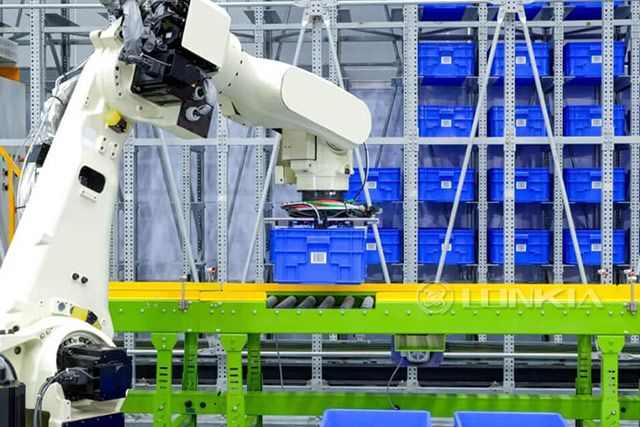In today’s fast-paced industrial environments, efficiency and accuracy in material handling are crucial. An Automated Material Handling System (AMHS) can revolutionize the way businesses manage and transport materials, offering numerous benefits over traditional methods. But what exactly is an AMHS, and how can it enhance your operations? Let's dive into the details.
Understanding Automated Material Handling Systems
An Automated Material Handling System (AMHS) refers to the use of automation technology to manage and move materials within a manufacturing, distribution, or storage facility. These systems are designed to improve efficiency, reduce manual labor, and enhance overall productivity.

Key Components of an AMHS
- Conveyors: Automated conveyors transport materials from one location to another within a facility. They can be configured in various layouts to suit specific needs.
- Robotic Arms: These are used for tasks such as picking, placing, and sorting materials. Robotic arms are highly flexible and can handle a wide range of items with precision.
- Automated Guided Vehicles (AGVs): AGVs are mobile robots that transport materials autonomously. They follow predefined paths or use advanced navigation systems to move around the facility.
- Automated Storage and Retrieval Systems (AS/RS): These systems automatically place and retrieve items from storage locations, optimizing space and improving accuracy.
- Control Systems: The brain of the AMHS, control systems manage and coordinate the movement and operation of all automated components, ensuring smooth and efficient workflows.
Benefits of Automated Material Handling Systems
- Increased Efficiency: AMHS can handle repetitive and time-consuming tasks more quickly and accurately than manual labor, boosting overall productivity.
- Cost Savings: By reducing the need for manual labor and minimizing errors, AMHS can lead to significant cost savings in the long run.
- Enhanced Safety: Automating material handling reduces the risk of workplace injuries associated with manual lifting and transport.
- Improved Accuracy: Automation minimizes human error, ensuring that materials are handled and transported accurately.
- Scalability: AMHS can be easily scaled to meet growing operational demands, making them suitable for businesses of all sizes.
Applications of AMHS
Automated Material Handling Systems are used across various industries, including:
- Manufacturing: To transport raw materials, components, and finished products within production facilities.
- Warehousing and Distribution: For sorting, storing, and retrieving goods in large warehouses and distribution centers.
- Food and Beverage: To handle packaging, sorting, and transporting food products in hygienic conditions.
- Pharmaceuticals: For precise handling and storage of medical supplies and pharmaceuticals.
Choosing the Right AMHS
When selecting an Automated Material Handling System, consider the following factors:
- Operational Needs: Assess your specific material handling requirements, including the type and volume of materials to be handled.
- System Flexibility: Choose a system that can adapt to changes in your operations and accommodate future growth.
- Technology Integration: Ensure that the AMHS can seamlessly integrate with your existing systems and technologies.
- Reliability and Support: Opt for a system from a reputable supplier that offers robust after-sales support and maintenance services.
An Automated Material Handling System can transform your operations, offering increased efficiency, cost savings, and improved accuracy. By understanding the components, benefits, and applications of AMHS, you can make an informed decision that will enhance your business's productivity and competitiveness.
For more information on Automated Material Handling Systems and to explore our range of solutions, visit our website or contact our expert team today.







